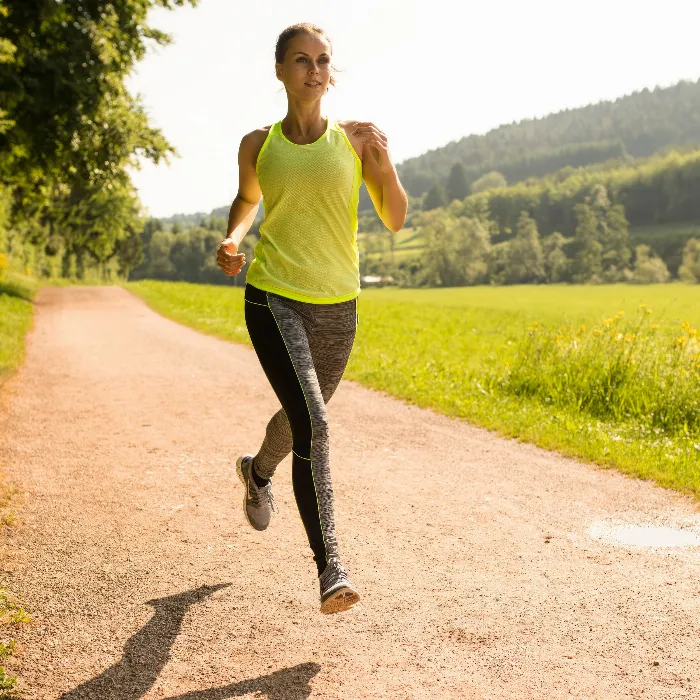Capturing sports moments is not only a matter of technique but also requires a keen sense of light and atmosphere. In this guide, you will learn how to significantly influence the composition and mood of your sports photography with a compact flash. You will be guided through a practical, step-by-step process that shows you how to work with both available light and flash to achieve impressive results.
Key Insights
- The use of artificial light enhances the brilliance and tonality of sports shots.
- Different flash settings allow for creative variability in exposure.
- The positioning of the flash can have crucial effects on skin tones and image perception.
Step-by-Step Guide
Begin with the first step, where you apply the basics of photographing in available light simply and effectively.
In the first step, you take a series of shots under the natural lighting conditions available to you. Set your camera to manual mode to control the exposure accordingly. Choose an aperture of 8 and a shutter speed of 1/160 second. These settings are ideal for sports shots as they provide both stability and sharpness. Monitor the lighting conditions while shooting, as they can frequently change between sun and shadow.
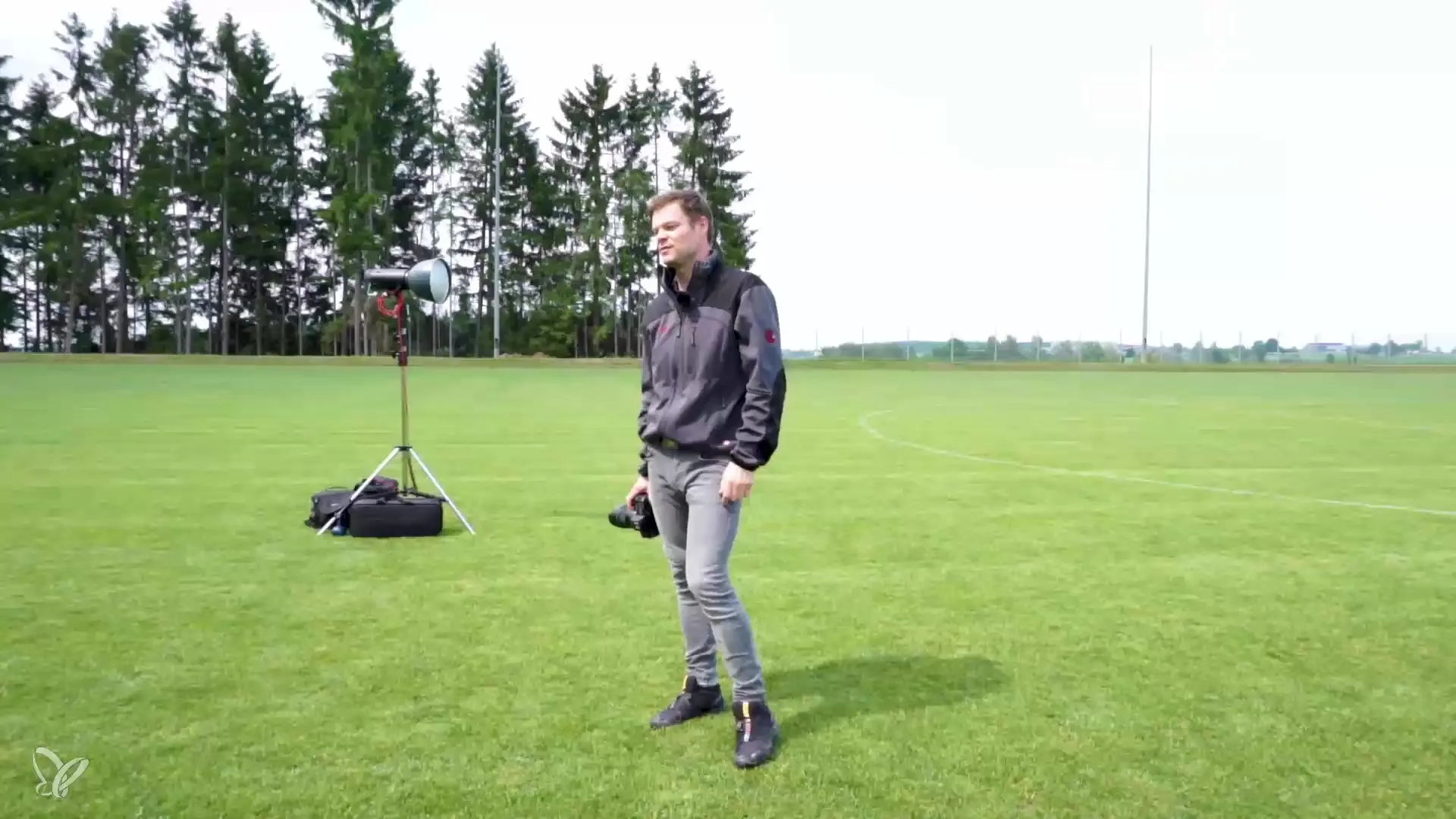
You will notice that these initial images have a natural look since they were taken entirely with available light. The exposure falls on the person, resulting in a straightforward yet successful outcome.
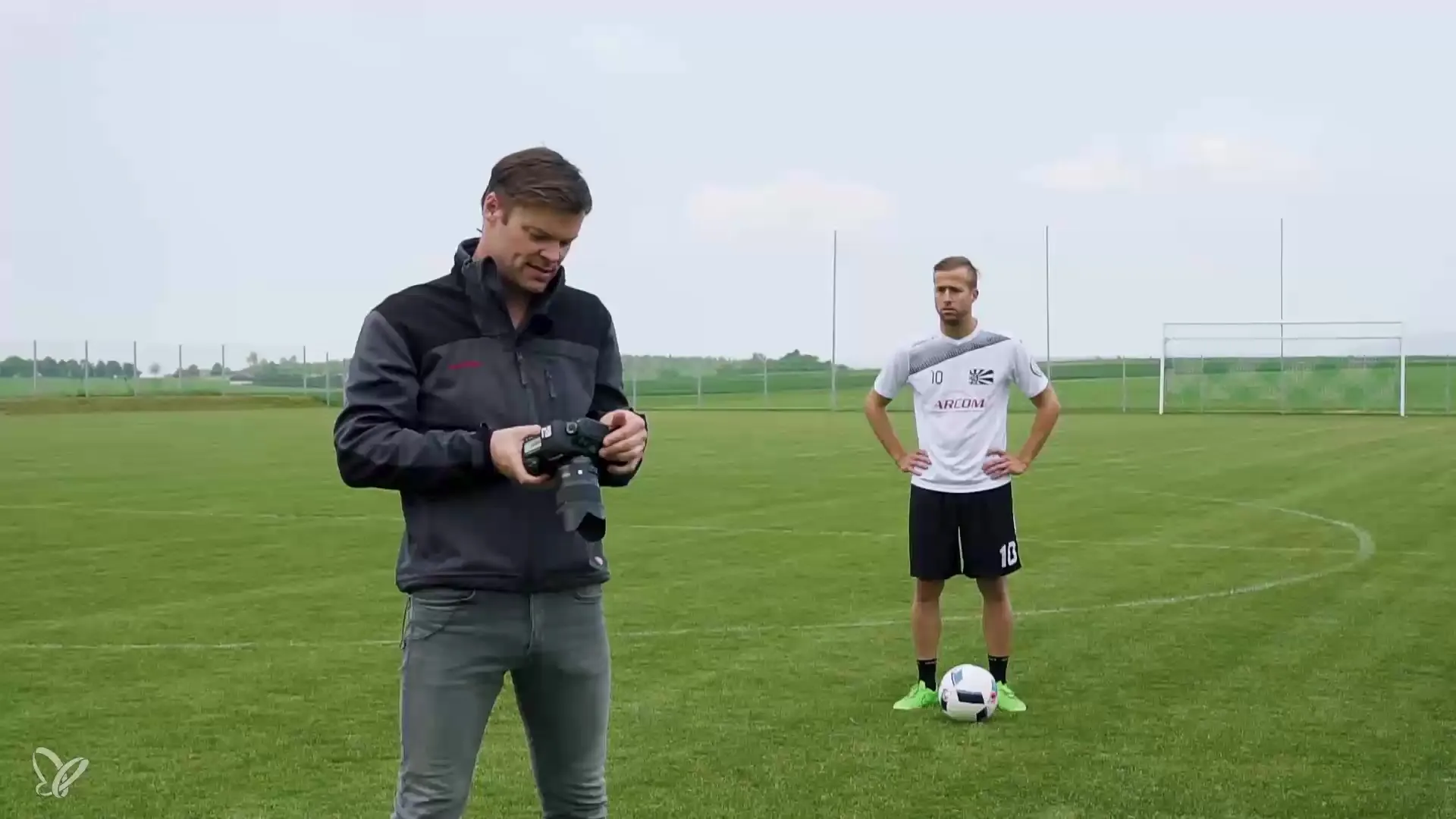
Now you push to enhance the image. To minimize motion blur, which can occur with fast-moving subjects, you use a flash. This approach allows you to capture the athlete's movements excellently. Attach your flash trigger to the camera, turn on the flash, and get ready to take your first image with flash light.
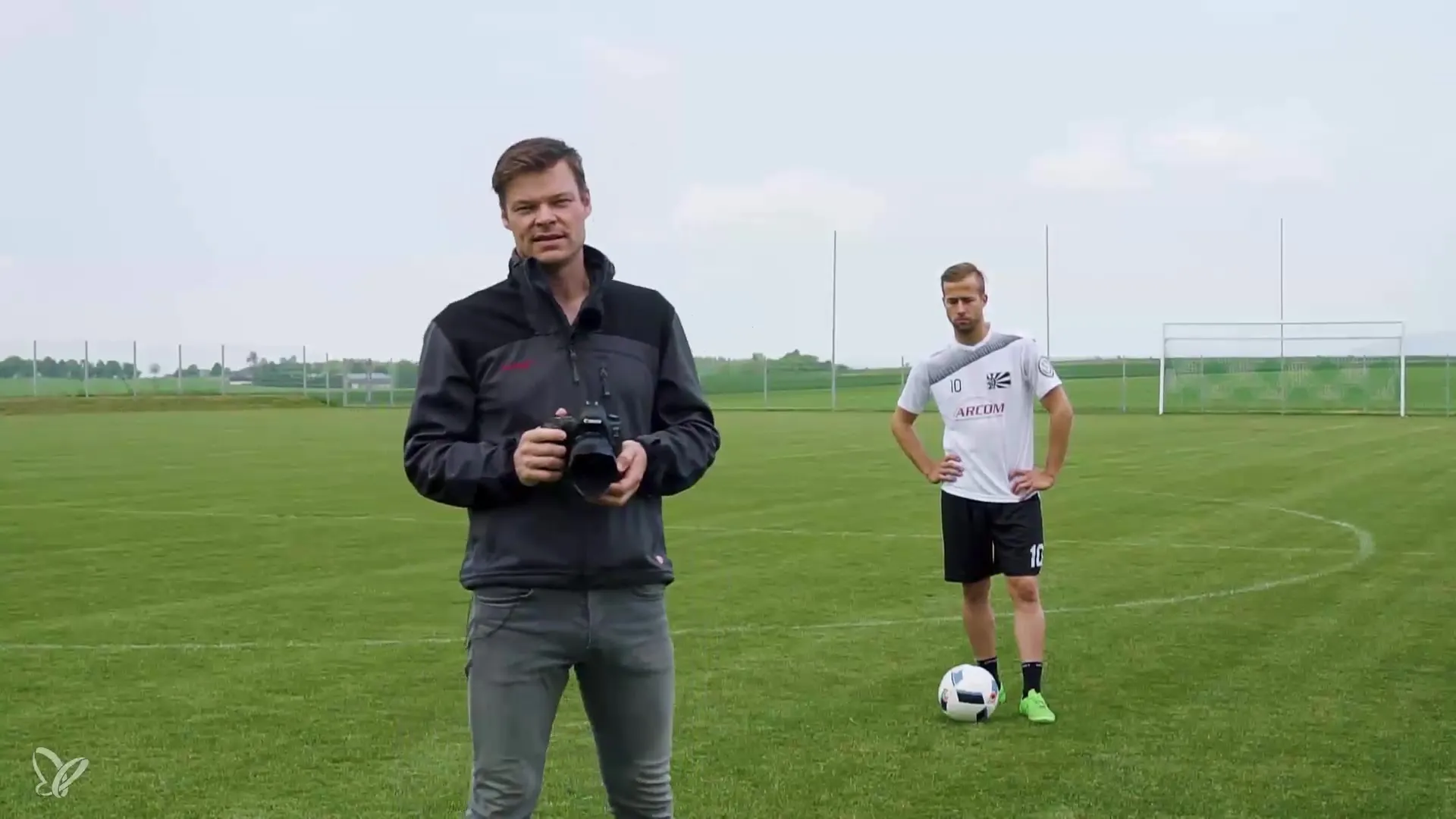
For the next setup, you opt for a battery flash (Broncolor Siros L 800 Watt). This flash is relatively light, portable, and offers high light output, making it particularly suitable for action shots. You can use a variety of reflectors to achieve the desired lighting effect.
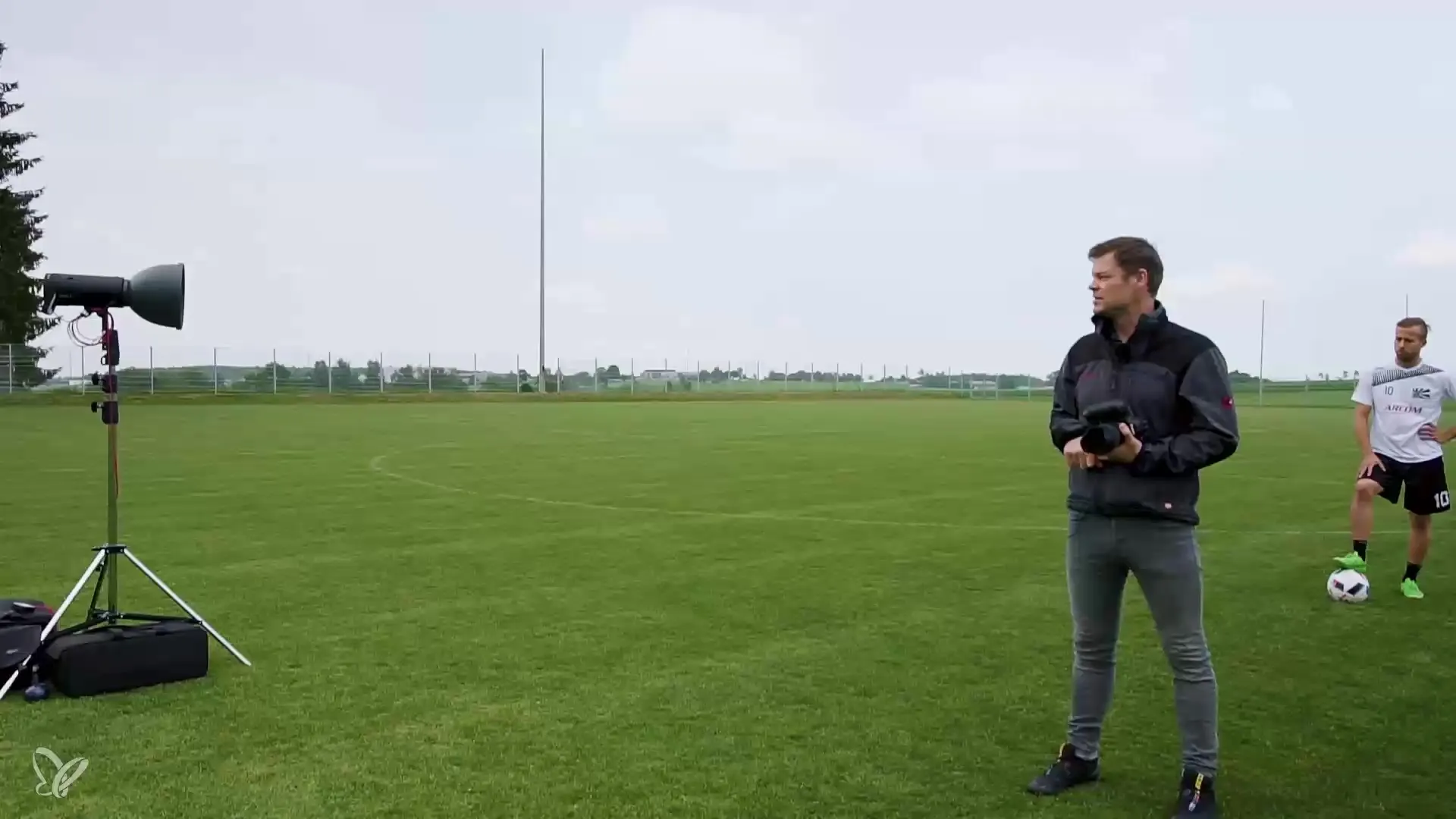
Now you start to adjust the flash intensity to optimize the illumination of skin tones. Set the flash to half a stop brighter to make your portraits more vibrant. Choose a direct reflector for clear lighting on the skin. By positioning the flash next to the camera, you create a subtle brightening of the shadows and achieve warm skin tones.
In the next step, you practice with your model by deliberately setting movements, such as juggling a ball. This interaction is important for creating lively and dynamic shots. Pay attention to how you capture the athlete's movements. With flash photography, you can also make clearer photos at higher speeds.
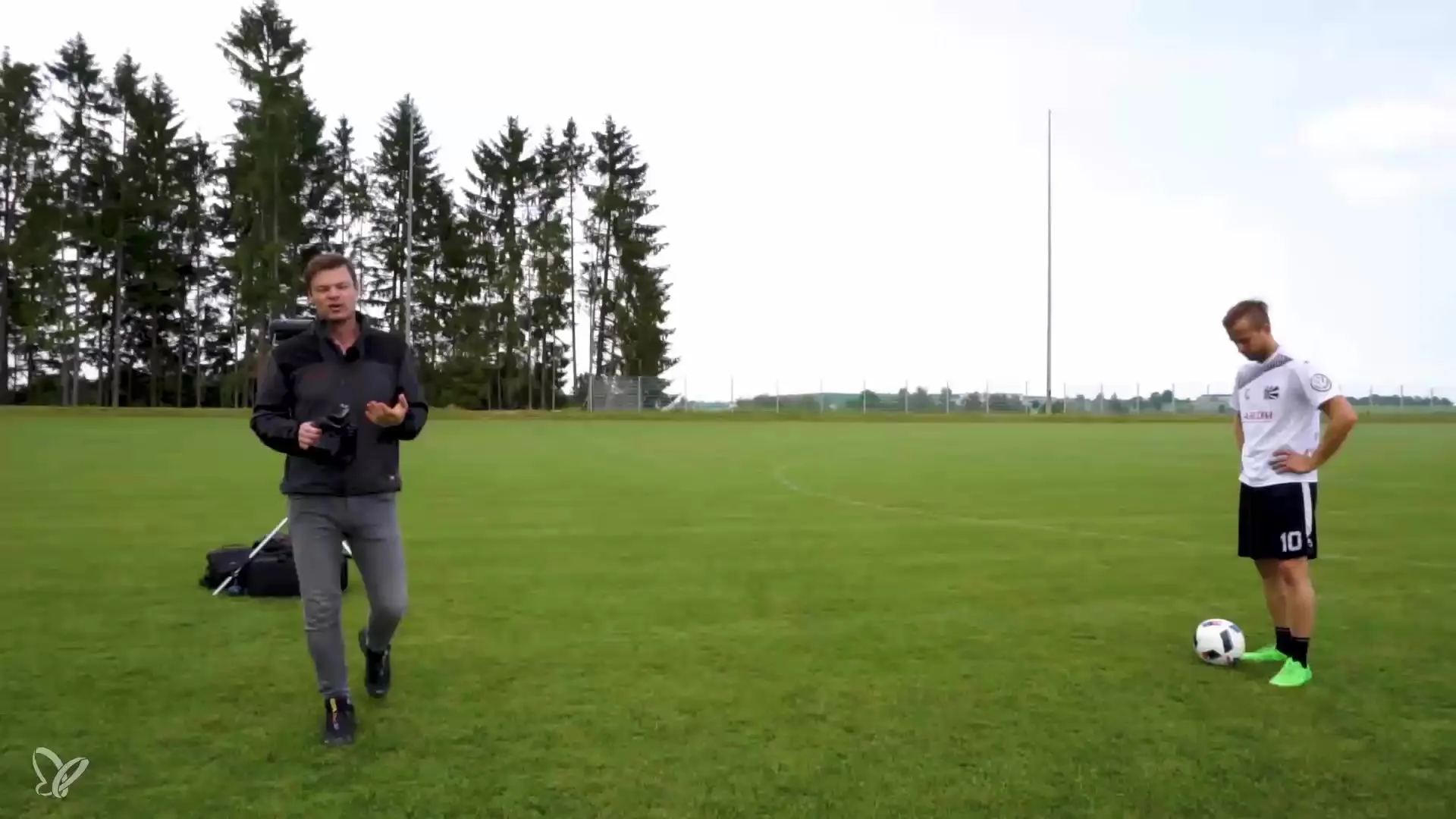
Next, you start a dribbling test, where your athlete moves towards you. Through this exercise, you get images with a dynamic background, and the use of the flash ensures that the athlete stands out against the background.
Now it gets exciting: you experiment with the settings. Expose the environment two stops darker and open to an aperture of 16 while setting the flash to full power. This configuration creates an exciting visually artistic effect in the images.
In the final test shots, pay attention to the details, such as how the light reflects on the athlete's skin when they are active. The optical effect of sweating adds additional depth and authenticity to your images.
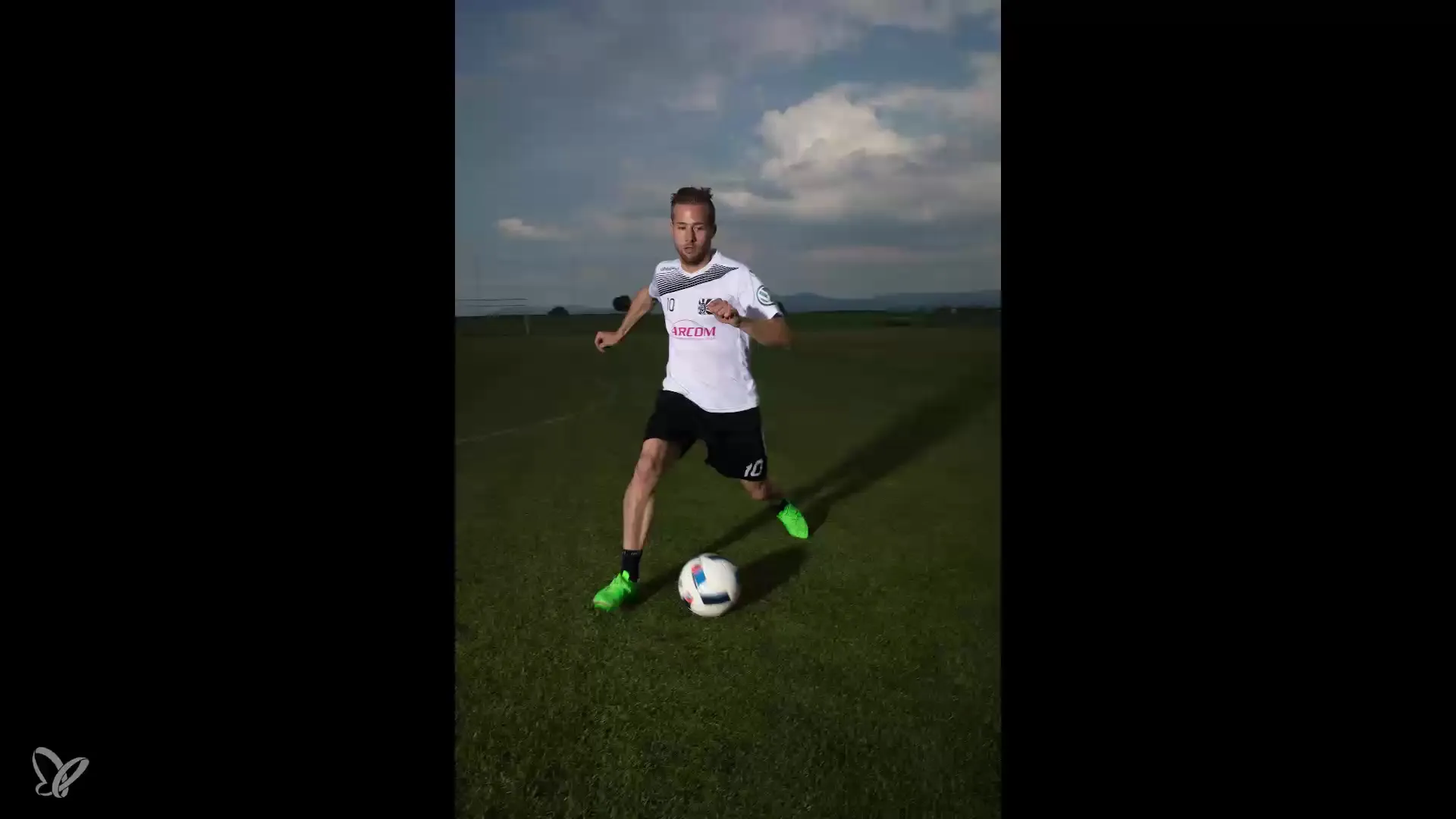
Summary – Staged Sports Photography: Understanding Compact Flash and Lighting Design
In this guide, you have learned how to create breathtaking sports photographs through skillful exposure with available light and the use of artificial light. The combination of these techniques allows you to change the mood of your images while highlighting the brilliance and liveliness of the subject.
Frequently Asked Questions
What is the advantage of flash in sports photography?Flash allows you to freeze movements and helps to achieve clearer representations of details.
How can I control the lighting conditions in photography?Set your camera to manual mode and adjust aperture, shutter speed, and ISO accordingly.
How does the positioning of the flash affect composition?A side-placed flash creates soft shadows and effectively separates the subject from the background.
